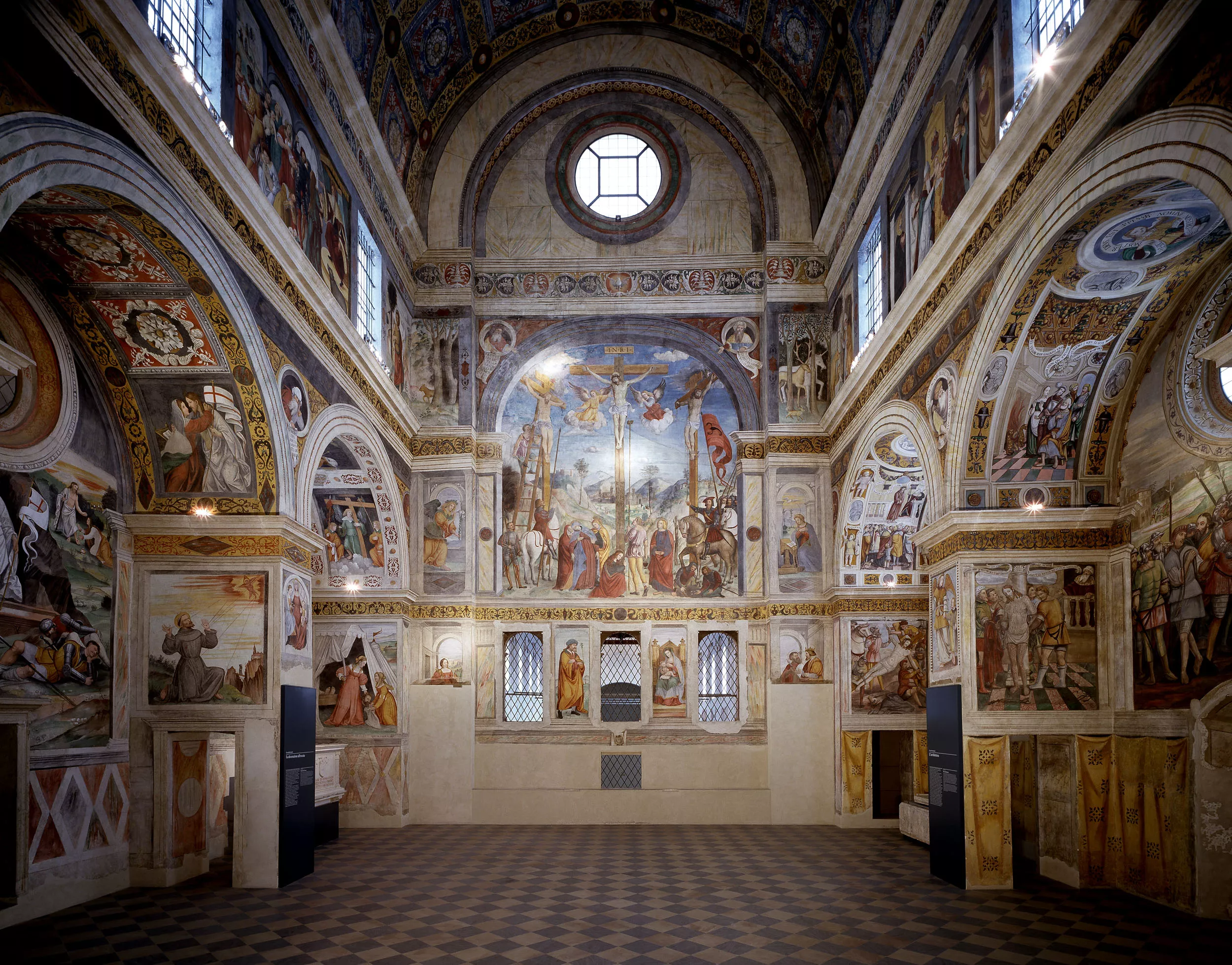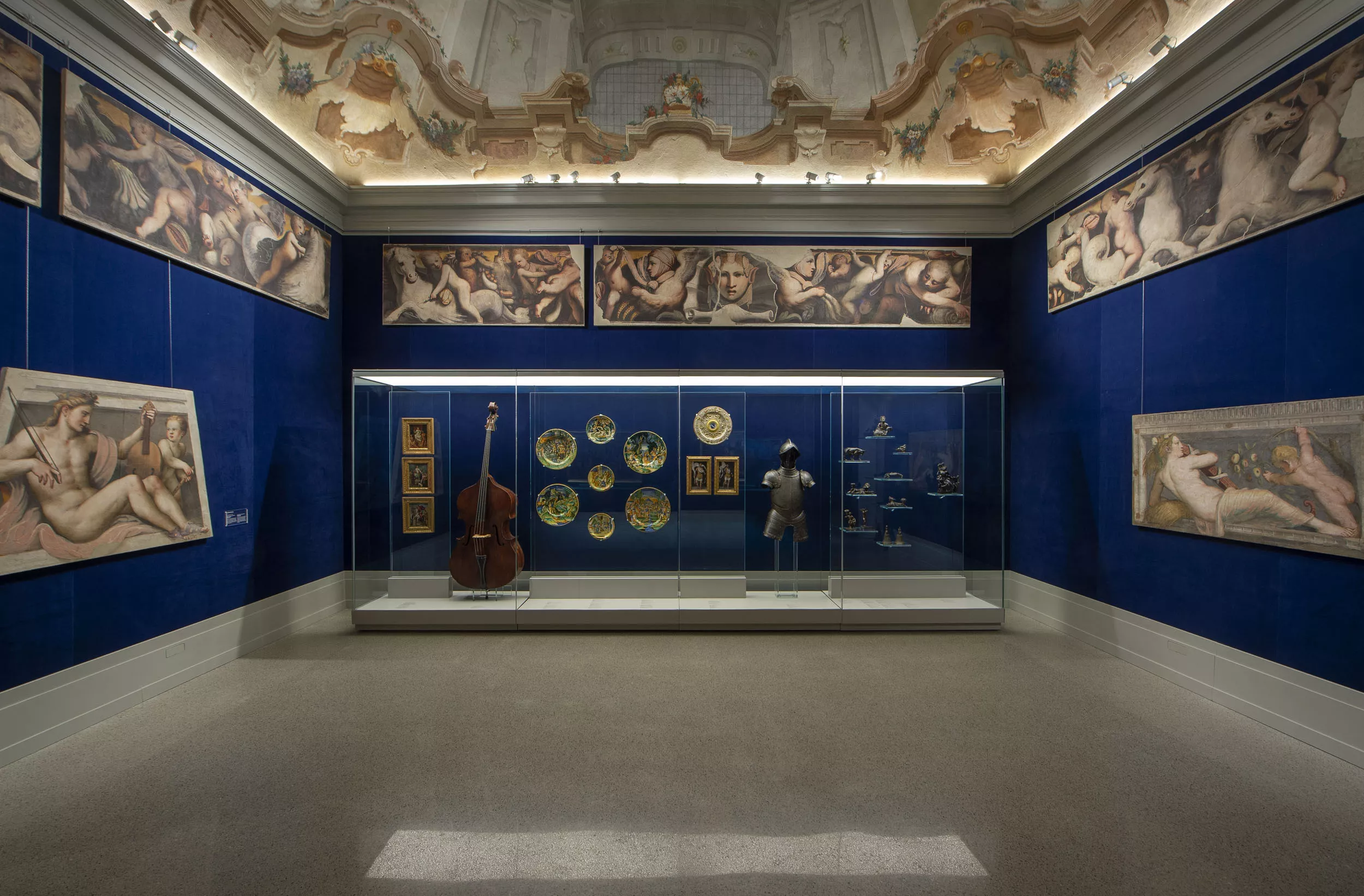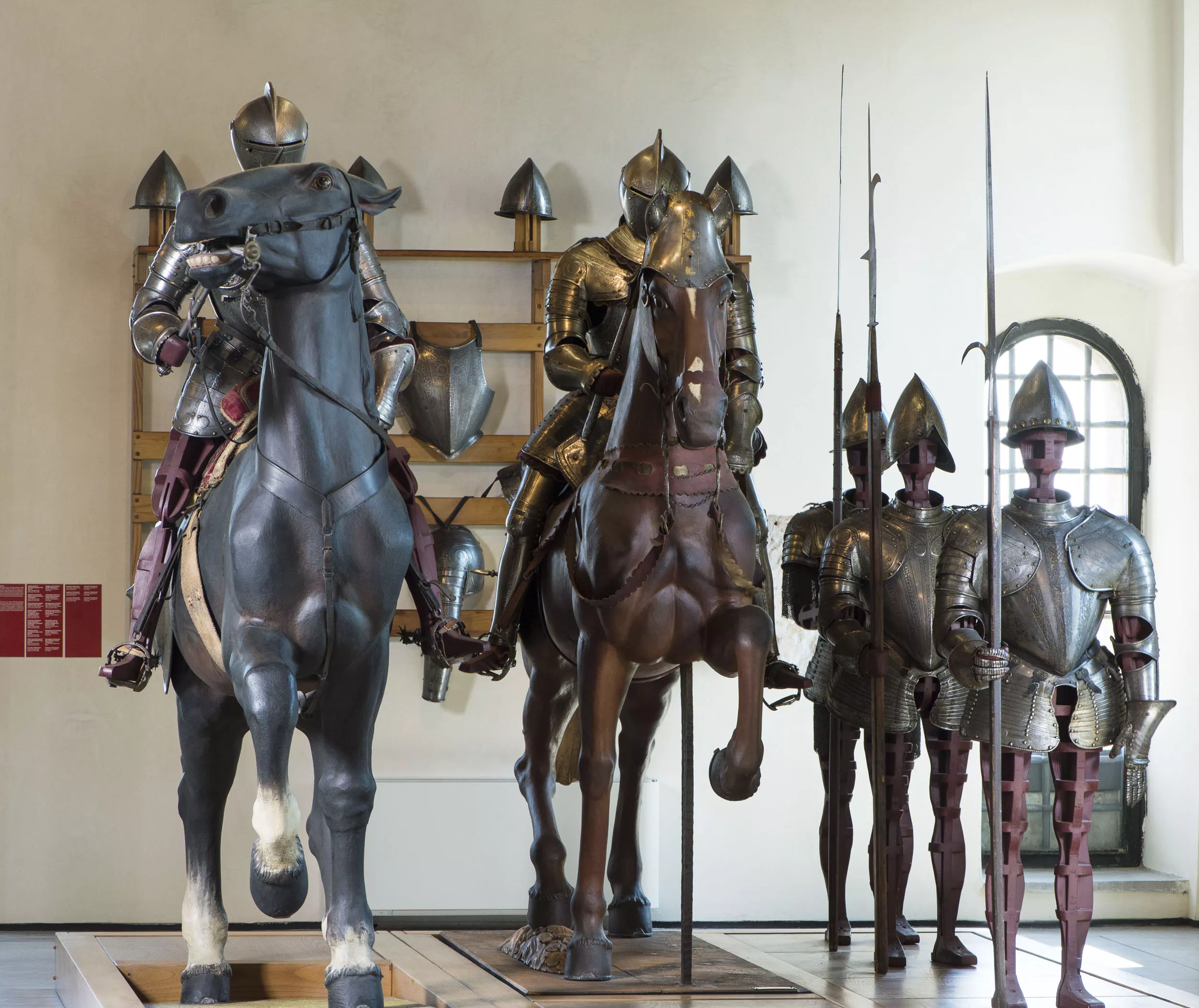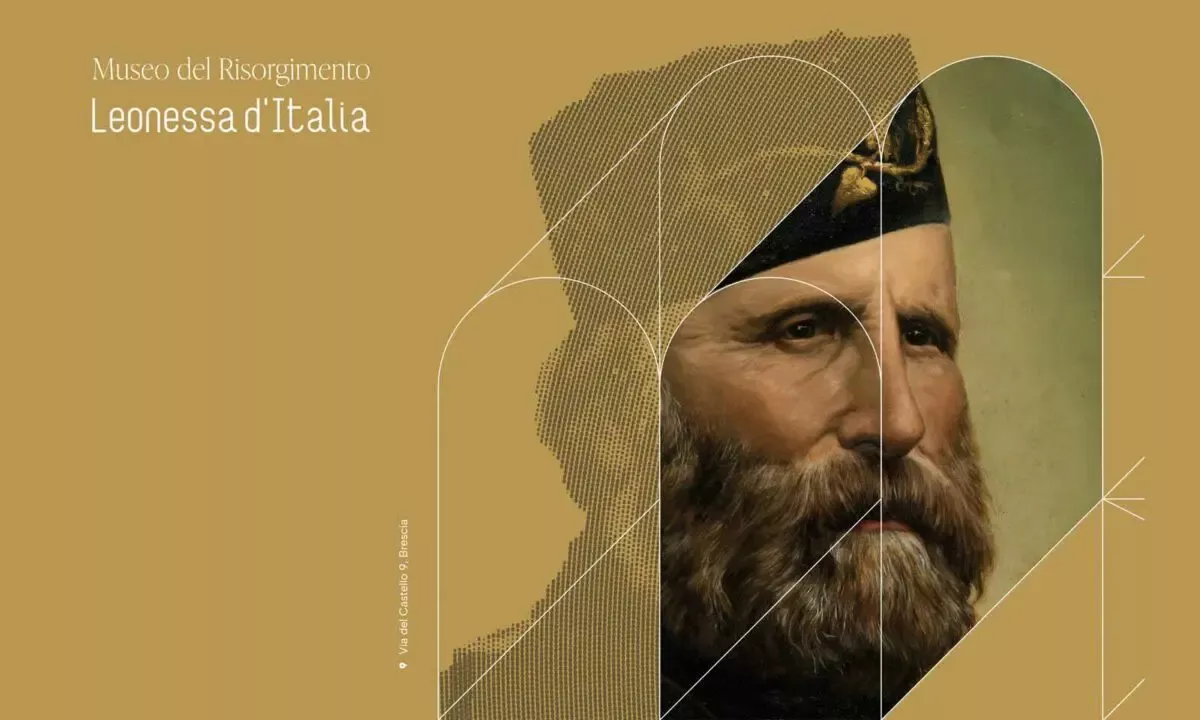Fondazione Brescia Musei (Brescia Museums Foundation) gives students entrance to all museums of the Foundation at the reduced price of € 3. University Thursday - free entrance every Thursday from 2.00 pm in all the museums of the Foundation.
Entrance with booking advised.
SANTA GIULIA

A trip through the history, art and spirituality of Brescia from prehistoric times to the present. The monastic complex is a visible weave of eras, a place of historical memories layered over the centuries and a continuous source of surprising discoveries. It was built on an area occupied by important Domus during Roman times and includes the Langobard basilica of San Salvatore and its crypt, the Romanesque oratory of Santa Maria in Solario, the Nun’s Choir and the 16th century church of Santa Giulia and the cloisters.
TOSIO MARTINENGO ART GALLERY

The art gallery has a significant collection of works by Raffaello, Foppa, Savoldo, Moretto, Romanino, Lotto, Ceruti, Hayez, Thorvaldsen, Pelagi, Canella and Canova are the best known names. It has been reorganised through a new exhibition path into 21 rooms, devised to help the visitor understand the complexity of the museum and its collections through reflection on their history and the critical orientations that shaped its appearance from the late Gothic period to the early 19th century.
BRIXIA - ROMAN BRESCIA ARCHAEOLOGICAL PARK

The oldest and most significant buildings of the city can still be seen in the archaeological area at the centre of the urban fabric. These are the Republican sanctuary (1st century BC), the Capitolium (73 AD), the theatre (1st-3rd centuries AD), and the section of paving of the Decumanus Maximus, on which Via dei Musei is built today.
The Capitolium was the main temple of each Roman town and was the symbol of the culture of Rome; the cult of the ‘Capitoline Triad’ (Jupiter, Juno and Minerva), the most important gods and goddesses of the Latin pantheon.
The archaeological park hosts the bronze masterpiece the Vittoria Alata (lit. Winged victory), the Roman Theatre and the Republican Sanctuary.
‘LUIGI MARZOLI’ ARMS MUSEUM

The ‘Luigi Marzoli’ Arms Museum, inaugurated in 1988 and with a design by Carlo Scarpa, one of the most important 20th century Italian designers, architects and academics, hosts one of the most complete European collections of armour and old weapons. It is in one of the oldest areas of the castle, the 14th century Mastio Visconteo (Visconte Keep), an important monumental survival of the defence apparatus of the Cidneo hill.
‘Cold’ weapons (weapons not requiring gunpowder or other explosive materials), firearms and armour narrate the long Brescian tradition of arms production yet also reconstruct the military and artistic history, particularly that of Milan and Brescia of the 15th-18th centuries, told by armoury items in an exhibition path of 580 pieces (part of the overall 1090 pieces of the industrialist Luigi Marzoli’s bequest. Another 300 pieces, especially 19th century firearms, from the Civic collections have been added to the core collection.
Museum of the Risorgimento Lioness of Italy

The result of long historiographical and design work, this exhibition recounts the Risorgimento as a phenomenon of European relevance and of pressing topicality. Paintings, sculptures, heirlooms and “relics”, having undergone careful restorations, are showcased as material manifestations of a long and complex history that culminated in Italian Unification. A rich digital collection accompanies and integrates a storytelling that reaches up to the present day, involving the visitor in the events that saw Brescia at the centre of the long Risorgimento, making it famous throughout the world as the Lioness of Italy.
Photographic credits: ©Archivio fotografico Musei di Brescia.












